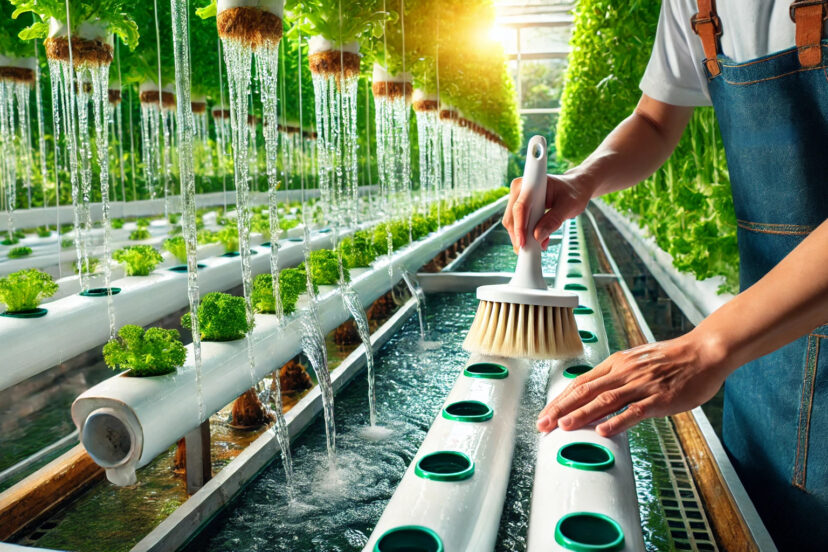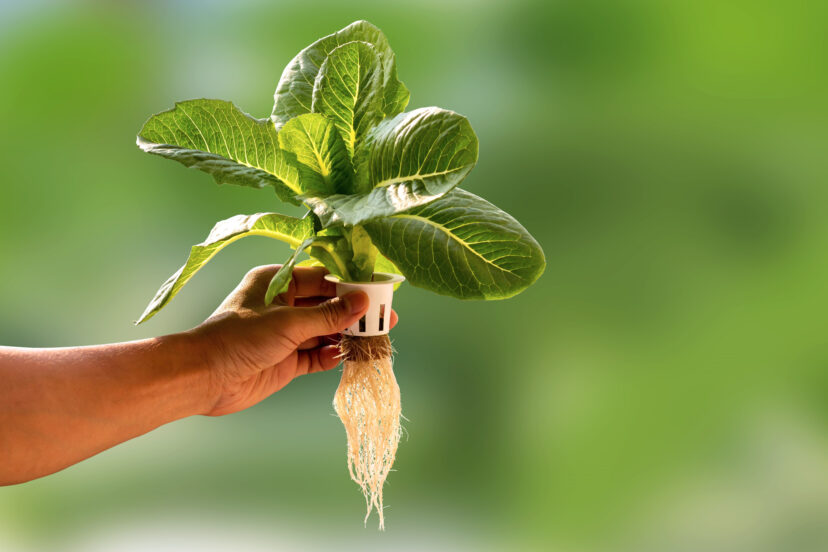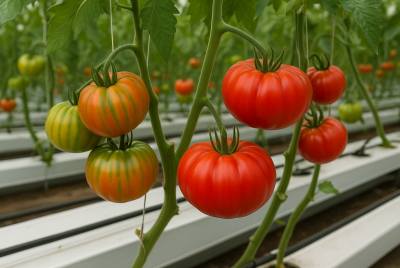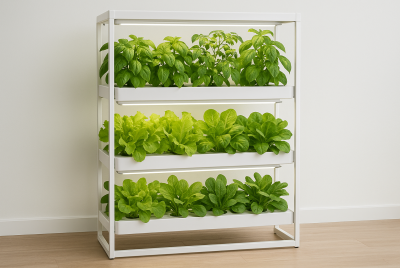The Do’s and Don’ts of Hydroponic Gardening
We may earn a commission for purchases made using our links. Please see our disclosure for more details.
So, you’ve decided to dive into the world of hydroponic gardening – great choice! It’s a fun, efficient, and blissful way to grow your own plants. You can choose to grow fresh veggies, fragrant herbs, or stunning flowers. But, just like with any new adventure, there are some rules to follow if you want to succeed. Don’t worry – we’re here to guide you through the do’s and don’ts of hydroponic gardening. Keep on reading and discover how to maximize your yield.
The Do’s of Hydroponic Gardening
Let’s start with what you should do to set yourself up for success. These tips will help you create a thriving hydroponic garden.
- Do Your Research
Before you get started, take some time to learn about the different types of hydroponic growth systems like nutrient film techniques, deep water culture, and aeroponics. Each system has its pros and cons. The right one for you depends on your space, budget, and what you want to grow.
- Choose the Right Plants
Some plants thrive in hydroponic gardening, while others struggle. Leafy greens like lettuce, spinach, and kale are great for beginners because they grow quickly and don’t require as much maintenance. Herbs like basil, mint, and cilantro are also fantastic options. If you feel ambitious, try tomatoes, peppers, or strawberries.
- Invest in Quality Equipment
Hydroponic gardening requires some upfront investment. Remember that it’s worth it to buy high-quality equipment. Look for durable pumps, reliable grow lights, and sturdy containers. Don’t be stingy when you buy equipment because this can lead to problems down the line, like leaks or inconsistent nutrient delivery.
- Monitor pH Levels
The pH level of your nutrient solution is critical for plant health. Most hydroponics thrive in a pH range of 5.5 to 6.5. Use a pH meter to check levels regularly and adjust as needed with pH up or pH down solutions.

- Keep It Clean
A clean hydroponic growth system is a happy system. Algae and bacteria can quickly take over if you’re not diligent. Clean your reservoirs, pipes, and containers to prevent buildup and keep your plants healthy.
- Provide Proper Light
Since your plants won’t have access to natural sunlight, you will need to invest in grow lights. LED lights are energy-efficient and provide the full spectrum of light that plants need. Make sure your plants get enough light each day (generally 12-16 hours for most crops).
- Experiment
One of the joys of vertical gardening is the ability to experiment. Try different plants, nutrient solutions, and system setups to see what works best for you. Don’t be afraid to get creative!
The Don’ts of Hydroponic Gardening
Now, let’s talk about what to avoid. Not making these mistakes will save you time, money, and nerves.
- Don’t Overcrowd Your Plants
You may be tempted to pack as many plants as possible into your hydroponic growth system, but overcrowding can lead to problems like poor airflow, increased humidity, and competition for nutrients. Give your plants enough space to grow and thrive.
- Don’t Ignore Nutrient Levels
Your plants depend on a balanced nutrient solution for growth, so don’t neglect it. Check nutrient levels regularly and replenish as needed. Too much or too little of certain nutrients can cause deficiencies or toxicity.
- Don’t Skip Maintenance
Hydroponic gardening requires regular upkeep to run smoothly. Don’t let small issues go unchecked. Regular maintenance can prevent bigger problems down the road.

- Don’t Use Tap Water – Test It First
Tap water often contains chemicals like chlorine and chloramine which can harm your plants. Test your water before you use it. If necessary, use a water filter or let tap water sit for 24 hours to allow chlorine to dissipate.
- Don’t Forget About Temperature
Both air and water temperatures play a crucial role in plant health. Most plants prefer water temperatures between 65-75°F and air temperatures between 70-80°F. Use thermometers to monitor conditions and make adjustments as needed.
- Don’t Overwater Your Plants
Yes, even withy hydroponics, overwatering is a thing. If roots are constantly swimming in water without access to oxygen, they can suffocate and rot. Make sure your system provides proper aeration and drainage.
- Don’t Get Discouraged
Every gardener experiences setbacks. Try not to let it discourage you. Learn from your mistakes and keep going. Your green thumb will get stronger with time.
Common Hydroponic Gardening Challenges (And How To Solve Them)
Even with the best intentions, you may find yourself facing a few challenges along the way. Here’s how to tackle them in the best way:
- Algae Growth – Algae thrive in light and nutrient-rich environments. Cover reservoirs to block light and clean your system regularly.
- Root Rot – Make sure there is proper aeration and don’t overwater. Add beneficial microbes to your system – this can also help prevent root rot.
- Nutrient Imbalances – Use a reliable nutrient solution and monitor levels closely. Don’t mix different brands of nutrients unless you’re sure they’re compatible.
- Pest Infestations – While hydroponics reduces the risk of pests compared to soil gardening, it’s not foolproof. Inspect plants regularly and use organic pest control methods when you need to.
Scientific Insights into Hydroponic Gardening
Hydroponic systems offer a controlled environment for studying plant responses and optimizing growth conditions. Research on nutrient allocation and plant responses highlights the adaptability of hydroponics in commercial and experimental applications. Additionally, a study on hydroponic lettuce cultivation emphasizes the importance of system variables in maximizing crop yield and sustainability. These findings demonstrate the efficiency and potential of hydroponic farming for modern agriculture.
Must-Have Products for a Thriving Hydroponic Garden
When setting up and maintaining a hydroponic garden, using the right tools and supplies is crucial. Here are some must-have products to ensure a thriving system:
- Hydroponic Grow Kit – A complete system with water reservoirs, grow trays, and net pots for beginners and experts.
- pH Meter & TDS Meter – Essential for monitoring water quality and nutrient balance.
- Hydroponic Nutrients – Specially formulated liquid or powder nutrients to support plant growth.
- LED Grow Lights – Provides optimal lighting for indoor hydroponic plants.
- Cleaning Brushes & Sterilization Solutions – Keeps the system free of bacteria and debris.
Following these recommendations will help you maintain a healthy and productive hydroponic garden while avoiding common pitfalls.
Why Hydroponic Gardening Is Worth It
Despite its challenges, hydroponic gardening offers so many benefits. You can grow plants faster and more efficiently than traditional soil gardening. On top of that, you can use less water, and enjoy fresh produce year-round. Plus, it’s an incredible hobby that connects you to the food you eat and the environment around you. All that’s left is to create a thriving hydroponic garden!
Keep on reading our other blogs!




